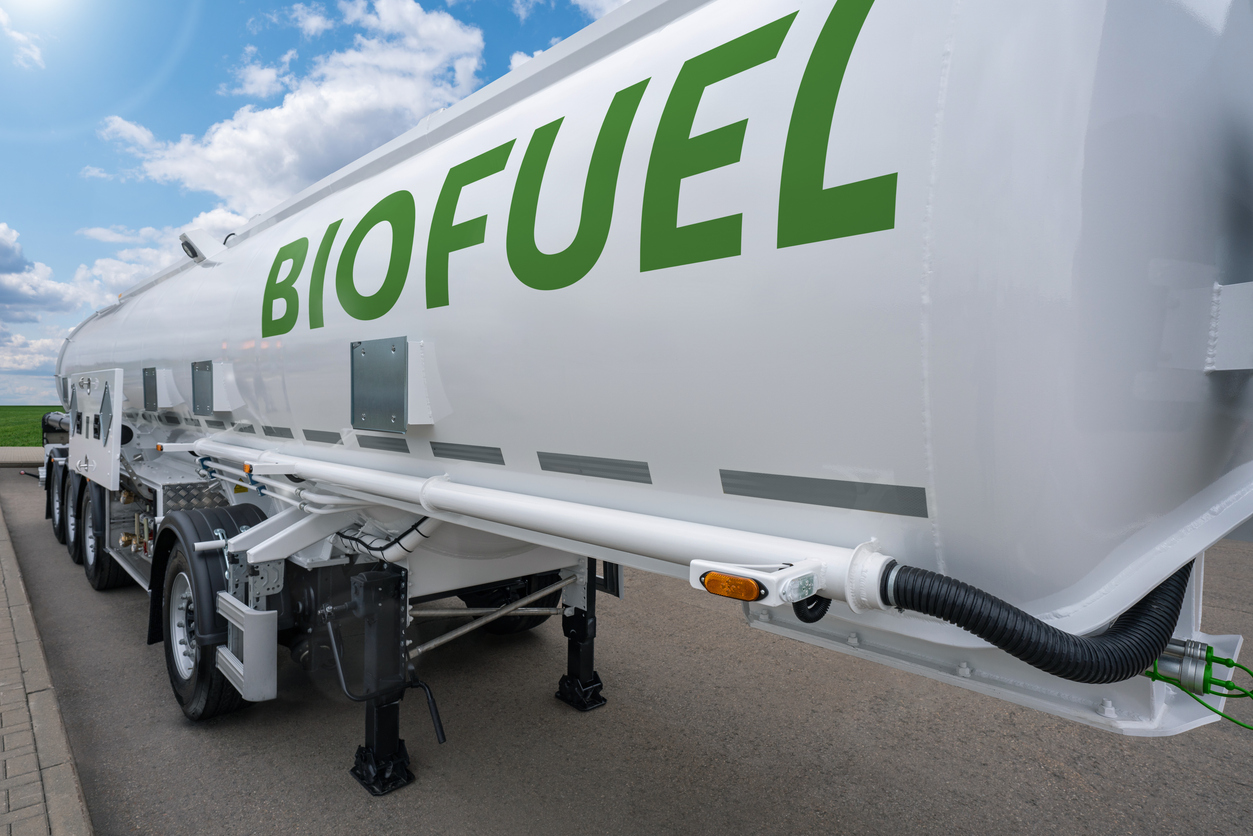

Myths and Facts About Bioheating Oil
Bioheating oil is a blend of traditional heating oil and biodiesel fuel. It is a cutting-edge, sustainable alternative to traditional heating oil. However, it’s surrounded by misconceptions that can deter potential users. This article busts the most common myths about bioheating oil, revealing the facts about its compatibility, cost, efficiency, environmental impact and more.
Discover how bioheating oil can provide reliable heating while supporting a greener future.
Myth 1: Bioheating oil is not compatible with existing heating systems
Fact: Bioheating oil is designed to be compatible with existing heating systems.
Bioheating oil meets strict industry standards, ensuring safe and efficient use in boilers and furnaces, and is formulated to work with current heating equipment, usually without any modifications. In cases where conversions are necessary, users report seamless transitions resulting in reliable heating.
Myth 2: Bioheating oil is more expensive than traditional heating oil
Fact: Bioheating oil can be cost-competitive and even save money in the long run.
While the initial cost of bioheating oil may be slightly higher, its pricing is becoming more competitive with increased production efficiency and government incentives. Bioheating oil burns cleaner than traditional heating oil, adding to the cost savings due to decreased residues and reduced maintenance costs. Over time, these factors can further offset the higher upfront expense, making bioheating oil a cost-effective choice that also supports a greener environment.
Myth 3: Bioheating oil is less efficient than traditional heating oil
Fact: Bioheating oil provides comparable efficiency to traditional heating oil.
Studies and real-world usage demonstrate that bioheating oil delivers the same level of heating efficiency. Not only does bioheating oil have similar energy content to traditional heating oil, its cleaner burn reduces the buildup of deposits in heating systems, enhancing overall efficiency and ensuring comparable performance.
Myth 4: Bioheating oil has a negative environmental impact
Fact: Bioheating oil significantly reduces greenhouse gas emissions compared to traditional heating oil.
Bioheating oil is a renewable resource that helps reduce carbon footprints. Because it uses biodiesel, which is made from renewable resources like vegetable oils and animal fats, bioheating oil produces fewer greenhouse gases and other pollutants. This environmental benefit makes bioheating oil a cleaner and more sustainable choice for heating.
Myth 5: Bioheating oil requires special storage and handling
Fact: Bioheating oil can be stored and handled similarly to traditional heating oil.
Bioheating oil has similar storage and handling requirements as traditional heating oil, allowing it to be used with existing infrastructure. This means that no special storage tanks or handling procedures are necessary, making the transition to bioheating oil straightforward and convenient for consumers.
Myth 6: Bioheating oil freezes easily
Fact: Bioheating oil is formulated to resist freezing and can be used in cold climates.
Additives and proper blending techniques help prevent the gelling and freezing of bioheating fuel, ensuring that it remains fluid in cold weather. Users in regions with harsh winters successfully use bioheating oil by following best practices for storage and handling, such as using insulated tanks and additives that lower the fuel’s pour point.
Myth 7: Bioheating oil competes with food production
Fact: Bioheating oil production does not significantly impact food supplies.
Bioheating oil is often made from waste products like used cooking oils, animal fats and non-food-grade crops. These sources do not compete directly with food production. Advancements in agricultural practices and the use of dedicated energy crops help ensure that bioheating oil production can expand without compromising food availability. These energy crops can thrive on marginal lands, which are unsuitable for food crops.
Myth 8: Bioheating oil has a short shelf life
Fact: Bioheating oil has a shelf life similar to that of traditional heating oil.
When stored properly, bioheating oil maintains its quality for extended periods of time, just like traditional heating oil. Proper storage conditions include keeping the oil in clean, dry tanks and minimizing exposure to air and moisture, all of which can degrade the fuel. By following recommended storage guidelines, users can ensure their bioheating oil remains effective and reliable over the long term.
Myth 9: All bioheating oils are equal
Fact: The quality and benefits of bioheating oils can vary significantly.
Not all bioheating oils are created equal. The quality of bioheating oil depends on the blend, source materials and production processes. High-quality bioheating oils, like BioHeat® Fuel, are produced from premium sources and undergo rigorous testing to ensure superior performance and environmental benefits.
Bibliography
- American Biofuels Association. (2023). The State of Biofuels in 2023. Retrieved from https://www.americanbiofuelsassociation.org/state-of-biofuels-2023
- National Oilheat Research Alliance. (2022). Bioheat Fuel: An Overview. Retrieved from https://www.noraweb.org/bioheat-fuel-overview
- Environmental Protection Agency. (2021). The Benefits of Biodiesel. Retrieved from https://www.epa.gov/renewable-fuel-standard-program/benefits-biodiesel
- Energy Information Administration. (2020). Heating Oil Explained. Retrieved from https://www.eia.gov/energyexplained/heating-oil/
- BioHeat Fuel. (2023). Frequently Asked Questions About BioHeat. Retrieved from https://www.bioheatonline.com/faq
- National Renewable Energy Laboratory. (2019). Biodiesel Handling and Use Guide. Retrieved from https://www.nrel.gov/docs/fy19osti/43672.pdf
